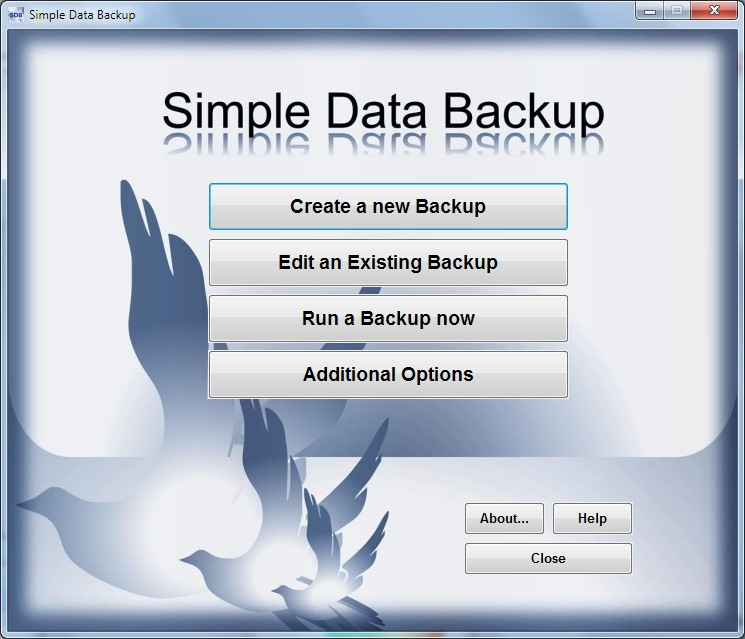

Myth 3: Tape can be replaced by other storage media.ĭespite the many benefits that disk or cloud storage can provide, they haven’t been able to fully replace tape as a backup medium. This is mainly due to the reliability, durability and backward compatibility that magnetic tape provides, especially LTO tape drives and cartridges. Unlike cloud and disk storage which experience rise and decline respectively, tape usage has been steady over the years. When tape backup is used alongside other backup technology (disk or cloud), you can build a comprehensive data protection strategy addressing your system’s faults and vulnerabilities.Īnother point worth mentioning is that tape remains stable throughout its development. While previously used as the primary storage option, tape is now the best option for offsite archiving of large amounts of data. The role of tape in the modern IT infrastructure has drastically changed over time. Otherwise, the myth about the demise of tape will persist. Vendors of tape backup systems need to work hard on debunking falsehoods surrounding tape technology and better advertise the merits of their products. Customers simply lack information about the newest tape features and capabilities. The main reason for this is the lack of understanding of how magnetic tape backup actually works and how it can enhance your IT data protection infrastructure. Unfortunately, some business owners, IT administrators, and industry experts do not fully understand all the benefits that come with using tape. Tape backup is not actually dead – it is not properly marketed. This is odd considering that tape is still widely used in modern data centers for storing large amounts of data. If you have Googled ‘tape backup’, you might have noticed that most articles only focus on whether tape is, in fact, dead or not. QIC tapes are mostly used for backing up personal computers.īelow, we demonstrate how tape is still an efficient, cost-saving storage option even in 2023, debunking all the myths surrounding backup to tape. QIC (Quarter Inch Cartridge) is a magnetic tape storage format, which provides a native storage capacity of 60 MB to 25 GB.AIT tapes of generation 5 can store up to 400 GB of information and ensure a data transfer rate of 24 MBps.


DLT (Digital Linear Tape) is another popular tape format on which data is written in 128 or 208 linear tracks.LTO is one of the most commonly used tape formats due to its high native storage capacity (up to 12 TB) and large compressed capacity (up to 30 TB). LTO (Linear Tape Open) is an open-format tape storage technology that is compatible with various storage media products.These are the five main tape formats that you should know about: They vary in capacity, data transfer speed, load time, etc. There are multiple tape formats on the market. To compete with disk-based or cloud-based storage, manufacturers of magnetic tape backup systems have to constantly develop and enrich tape functionality. Also, tape cartridges and cassettes can deteriorate over time if kept in unfavorable conditions, resulting in unwanted data loss. Note that tape drives are sequential-access devices, meaning that in order to access a specific data block, you first need to read all the preceding data blocks. For example, for the purpose of reading or writing digital data onto a tape, you should use a tape drive. However, magnetic tape has its disadvantages. Nevertheless, tape drive backup still remains one of the main options for storing data due to its large storage capacity, cost-effectiveness, and reliability. These characteristics made hard drives an effective alternative to tape backups. By that time, hard disks offered a lower price, higher capacity, and better usability than magnetic tapes. Tape was the primary way of storing digital data from the 1960s through the mid-1980s – up to the point when hard disks became more widespread. They are especially useful for archival and data compliance purposes.

Tape backups are currently used as secondary backups for long-term offsite storage of critical data that doesn’t need to be accessed on a regular basis. Tape backup is a data protection approach that involves storing digital data copies of primary data on tape cartridges or cassettes.


 0 kommentar(er)
0 kommentar(er)
